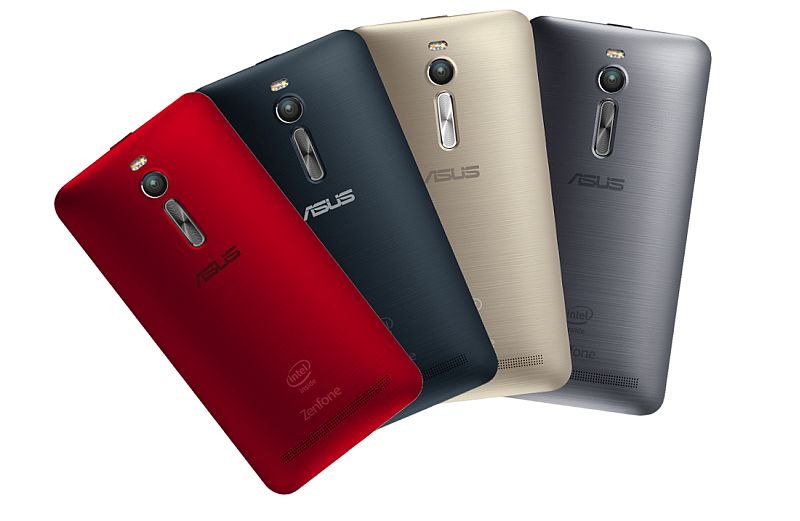
Photo: iStockphoto
How do even five-star hotel rooms have such utterly inadequate cable TV setups? Do they really need multiple house channels to loop videos on the hotel happy hour and spa specials? If only you could stream just Netflix, Hulu, Amazon, and HBO.
But streaming devices such as those made by Roku, Apple, Amazon.com, and Google require internet access, and hotel Wi-Fi networks are infamously finicky. Most require users to navigate web-based log-in pages that prompt you for your name and room number (and push those spa specials). Those log-in pages—their technical name is, somewhat ominously, “captive portals”—can seem impenetrable barriers to streaming.
But recent updates to some of the most popular streaming devices now let them sneak past. The new Roku streaming devices come with a feature called Hotel & Dorm Connect that’s designed to do just this, by turning your Roku device into its own Wi-Fi-emitting hotspot.
After you plug your Roku device into the hotel TV HDMI port (don’t forget to bring an HDMI cable if your device needs one) and connect to the hotel Wi-Fi (select it in the Roku “Settings” menu), the TV screen will give you simple instructions for sealing the deal. Connect to the Roku device’s Wi-Fi signal using your laptop, phone, or tablet, and you can then access the captive-portal page to finish logging in. From there, you can stream away.
The pocketable Roku Streaming Stick or budget-minded Roku Express models are good picks if you’re living out of luggage, thanks to their small size and no-big-deal-if-you-accidentally-leave-them-behind price. But the Hotel & Dorm Connect feature is also available on Roku-enabled TV sets such as those made by TCL—useful for students dealing with the captive portals commonly found in dorms and for businesses bringing TVs to conferences.
Just don’t forget to bring your physical Roku remote. While the Roku app doubles as a remote control for the company’s devices, you need the real hold-it-in-your-hand deal to access the Hotel & Dorm Connect feature.
A 2015 software update also endowed Amazon’s entire line of Fire TV and Fire TV stick streamers with captive-portal access. Amazon’s version is similarly easy to use—only it uses a built-in web viewer to bring the log-in screen directly onto the TV, instead of making you log in via a separate mobile device. You can then enter information using an onscreen keyboard.
Apple TV and Google Chromecast still don’t allow for captive-portal access, although there are some workarounds.
If your hotel has an Ethernet cable, you can connect your own travel router; if you use this to log into the captive portal on your laptop, the signal should stay open for other pieces of hardware, including streaming devices. If you have a Chromecast, you can stream local content from your laptop without even messing around with the internet. Or if you’re a bit more tech-savvy, you can try MAC spoofing—essentially, changing a bunch of settings to trick the hotel Wi-Fi into thinking your streaming device and laptop are one and the same.
Still, these solutions are likely short-term fixes. It’s hard to imagine that Google and Apple don’t have some captive-portal solutions planned, and if their rollout is anything like Roku’s or Amazon’s, don’t be surprised if even older Chromecast and Apple TV models soon get a hotel-friendly update. Bloomberg
[“Source-Livemint”]












